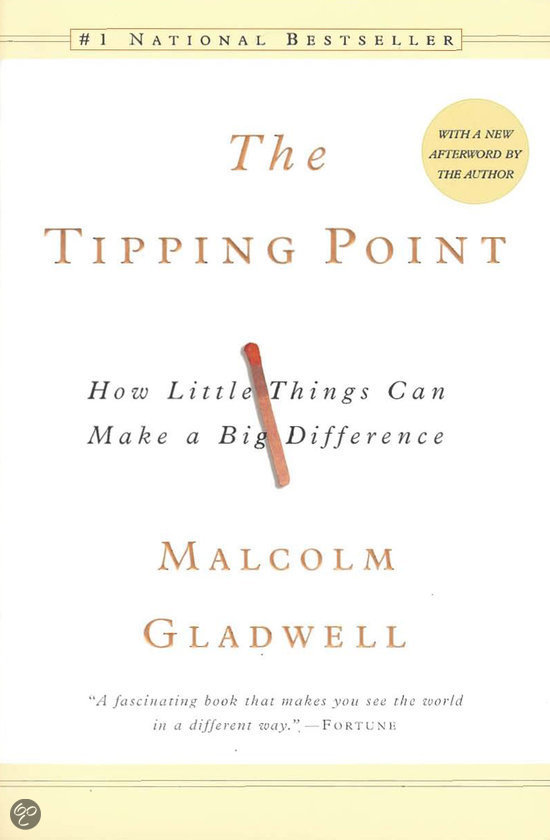50 years ago today (2012), Everett Rogers published his book Diffusion of Innovations in which he described the lifecycle of innovations. His theory of innovation has become a standard model in the marketing world, and has been further developed from an explanatory model to a marketing tool, aimed at influencing speed of take up and penetration of innovations.
Rogers’ is still worth reading, as I found out recently and it contains some nice surprises. Given the current use of the S curve, one would expect this book to be about the introduction and adoption of consumer products. Actually, most cases in the book are about the spread of agricultural innovations in communities of farmers, in the USA and other countries. The measurements from extensive fieldwork are plotted in many graphs and reveal the well-known sigmoid pattern. There’s no case in the book about consumer products, but marketeers got the picture and were eager to apply it. Their favorite picture is the derivative function, showing the number of adopters over time. It’s adopter categorization lead to the notions of innovators, early adopters, early and late majority and laggards, the first target group “segmentation” in the history of marketing.
The next reason why the book is still worth reading is its theory of diffusion, “the process by which an innovation is communicated through certain channels over time among the members of a social system”, and how this leads to adoption of the innovation. The theory comprises this human communication, the innovation-decision process and the social system within which the innovation is adopted. It’s a wonderful report of 20th century science: it devotes a chapter to the history of diffusion research, explains and patiently addresses the criticism, and elaborates on the consequences of the theory. It’s also a milestone in communication research as Rogers explains in a later edition:
A focus on human communication as a scientific field of study was not fully appreciated until an influential book, The Mathematical Theory of Communication, was published by Claude E. Shannon and Warren Weaver (1949); these scholars identified the key concept of information and proposed a simple model of communication. Then the field of communication research, organized especially around studying the effects of mass communication, began to grow.
The last reason you may want to read The Diffusion of Innovations is its current relevance. While its S curve and adopter curve have proliferated broadly for decades, marketeers have mostly neglected the communication model until recently. “The process by which an innovation is communicated through certain channels over time among the members of a social system” is very much at the heart of multilevel marketing, social networks, and the peer review systems of Amazon, Booking.com and others as well as the “Like button” of Facebook. Rogers’ chapters on rate of adoption and on change agents can well be seen to have evoked books like Philip Ball’s Critical Mass and Malcolm Gladwell’s Tipping Point. It is as if a new generation of marketing experts and writers finally read the book. Or did they just reinvent the wheel? Rogers taught his readers one more lesson, when he applies his diffusion theory to itself and counts the number of scientific publications on diffusion research over time (Ch. 2). Guess what? It is an S curve.
According to this curve, the tipping point for the diffusion research publications is around 1960. The origin of the S curve or logistic curve goes way back, namely into the studies of population growth by Pierre-François Verhulst in 1838. Verhulst was influenced by Thomas Malthus’ “An Essay on the Principle of Population”, and showed that growth of a biological population is self-limiting by the finite amount of available resources. The logistic equation is also sometimes called the Verhulst-Pearl equation following its rediscovery in 1920. Alfred J. Lotka derived the equation again in 1925, calling it the law of population growth.
Two decades earlier, Gabriel Tarde, a French judge and one of the forefathers of sociology and social psychology, observed certain generalizations about the diffusion of innovations that he called “the laws of imitation,” and this became the title of his influential book, which was published in 1903. He observed that the rate of “imitation” or adoption of a new idea usually followed an s-shaped curve over time. Rogers recognized Tarde as the first author on diffusion theory research.
Tarde’s was eager to learn from his scholarly observations “why, given one hundred different innovations conceived of at the same time ten will spread abroad while ninety will be forgotten.” If that rings a bell about evolution: Tarde was well-versed in darwinism, also on its application to social evolution as his paper on ‘Darwinisme naturel et darwinisme social’ from 1884 shows. In “the laws of imitation” he compares the role of imitation for the social with that of inheritance in the biological sphere and, in his theory, he includes variation and selection, the other two essential features of any theory of evolution. Diffusion is for social- or cultural Darwinism what population growth is for biological Darwinism. And thus it’s no surprise that their basic equation is the same logistic function or S-curve.



